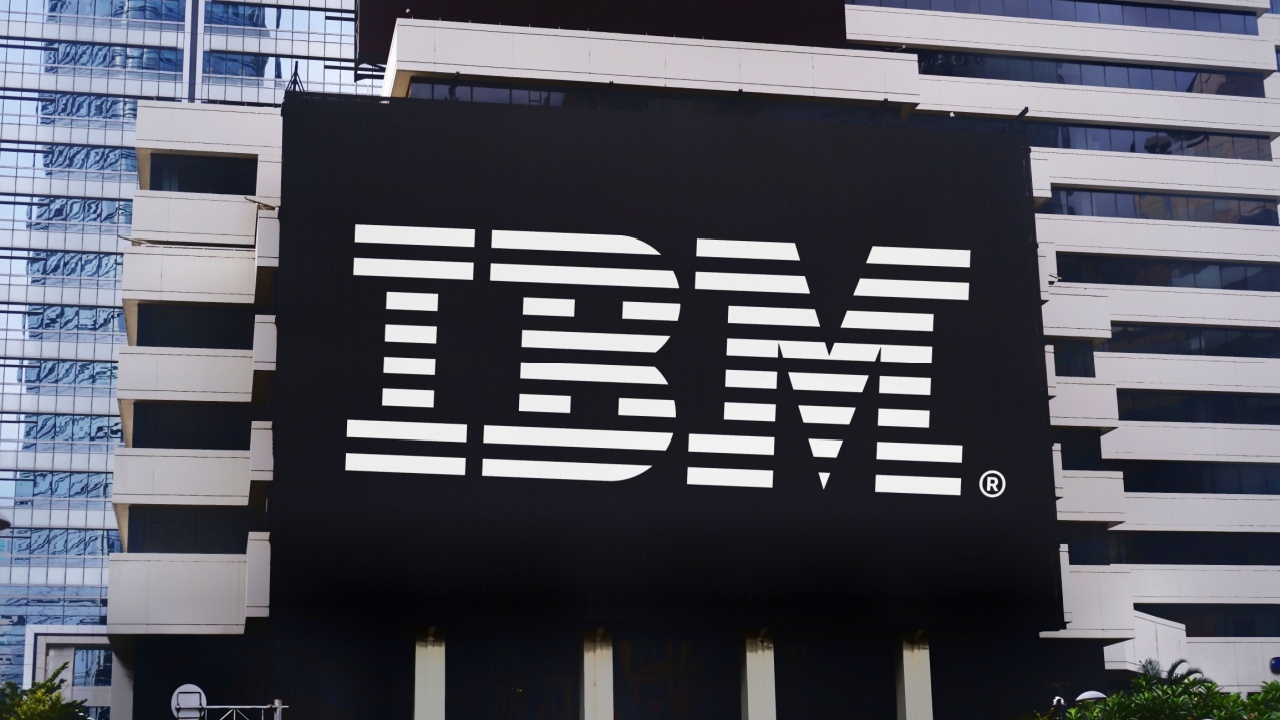Investing in core bonds (Treasuries and other high grade bonds, spread across different maturities) is a standard part of most retirement plans, but the same financial pressures and low yields that are pushing pension plans further out on the risk curve have convinced many people to invest in so-called Core Plus products instead. The problem is that Core Plus products usually behave more like risky high yield bonds and equities than true core bonds.
“It has become increasingly important to be able to distinguish true core bond funds from noncore and core-plus strategies that may invest in securities with different volatility and diversification characteristics than an investor intends to take on,” the Wells Fargo Advantage Funds Fixed Income team writes in a white paper.”
The main reason people recommend holding both government bonds and equities in your portfolio is for diversification. Generally speaking, when one is having a rough year the other will offset your losses, and both asset classes tend to outperform inflation over time. But high-yield bonds are more closely correlated to equities: both do well at the top of the business cycle when credit is flowing and business seems good, and then reverse during a trough when we find out which distressed companies made the most of the good years and which will come up short.
Like high yield debt, Core Plus products are positively correlated with equities. That doesn’t mean you shouldn’t invest in either one, but they shouldn’t replace actual core bonds in your portfolio.
Core Plus volatility also looks like high yield debt
Core bonds also have smaller maximum drawdowns than either stocks or high yield bonds, making them a good choice when you are trying to protect your principal. But Core Plus product volatility actually tracks high yield pretty closely, and both have far more volatility than core bonds.
One of the main lessons of the financial crisis is that the gradual drift to higher risk is a recipe for disaster, even if it takes a while to manifest. Because of the intentionally similar name, Core Plus may have some people convinced that they can add a bit of risk and still get the protection they expect from core bonds, but if you end up adding a lot more risk than you realize for only slightly better yields the change could easily backfire.












